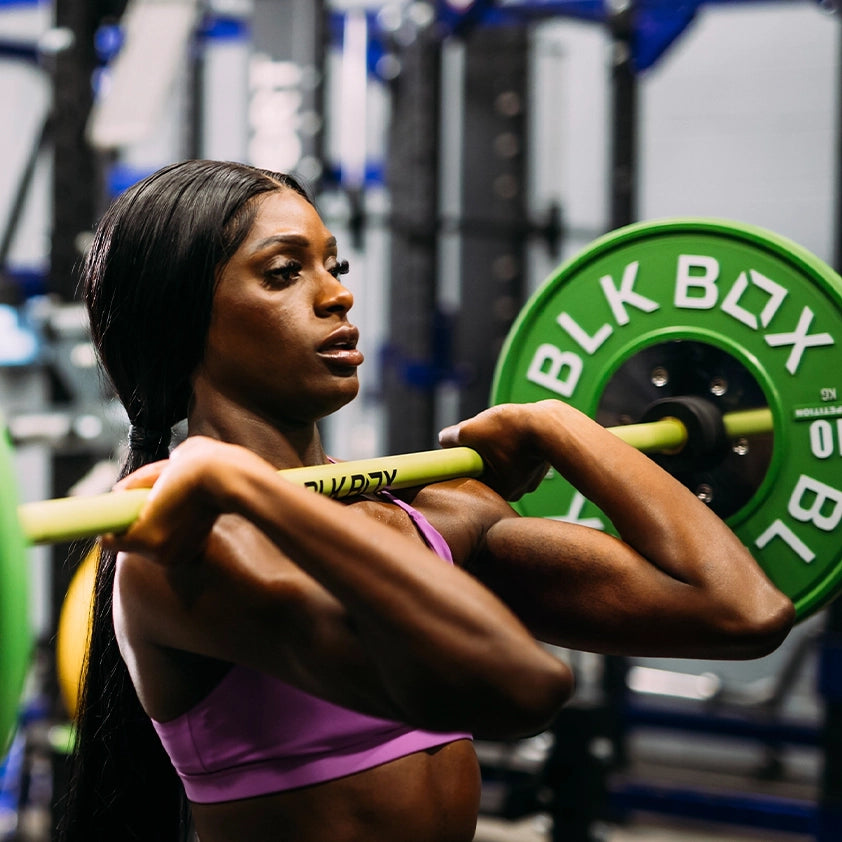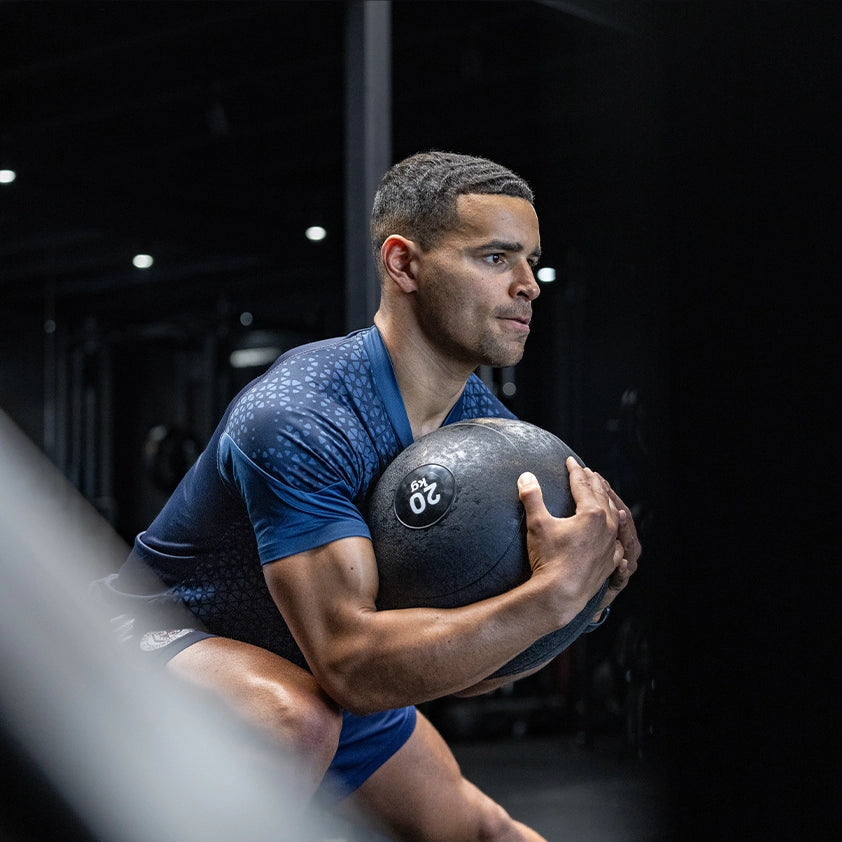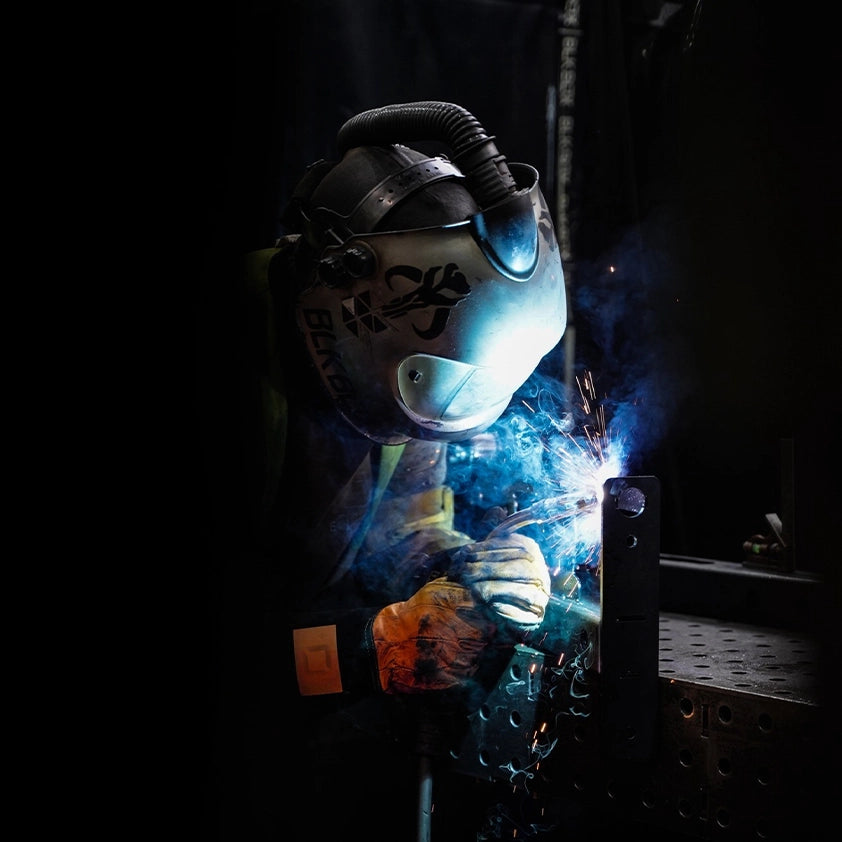Power Racks Buying Guide
Choosing the best power rack
Power racks are essential pieces of equipment for strength training and weightlifting, providing a versatile and safe environment for various exercises.
Here's our buying guide to help you choose the right power rack:

Consider safety features: Safety should be a top priority when selecting a power rack. Look for features like sturdy steel construction, adjustable safety bars, and spotter arms to prevent injuries during heavy lifts.
Evaluate weight capacity: Check the weight capacity of the power rack to ensure it can support the amount of weight you plan to lift.
Explore optional accessories: Consider a range of optional accessories to enhance your power rack setup, including J-hooks, safety straps, landmine attachments, and storage solutions. The accessories you need will be based on training needs and budget.
Consider long-term durability: Invest in a high-quality power rack that is built to last. High-end power racks are constructed from heavy-duty steel and undergo rigorous testing to ensure durability and reliability, making them a long-term investment for any gym.
How to use a power rack for effective strength training

- Adjust equipment: Set J-hooks and safety bars to desired height.
- Warm-up: Prepare with dynamic stretches.
- Choose exercise: Select squat, bench press, overhead press, or barbell row.
- Set barbell: Load and position on J-hooks.
- Perform exercise: Squat, bench, press, or row with proper form.
- Safety: Use safety bars for heavy lifts.
- Cool down: Finish with stretches.















